Vintage
Sort By: Post Date TitlePublish Date
|
Jul 07, 2023 |
First Published: Apr 01, 1993
|
Mar 14, 2023

 Putting its re-badged CD players behind it, in 1987 Denon unveiled a machine to take on models from the brands that first brought CD to the market. How will it shape-up today?
Putting its re-badged CD players behind it, in 1987 Denon unveiled a machine to take on models from the brands that first brought CD to the market. How will it shape-up today?
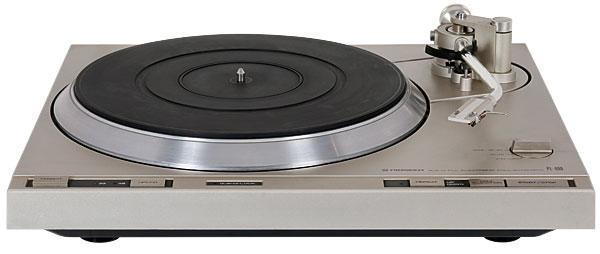

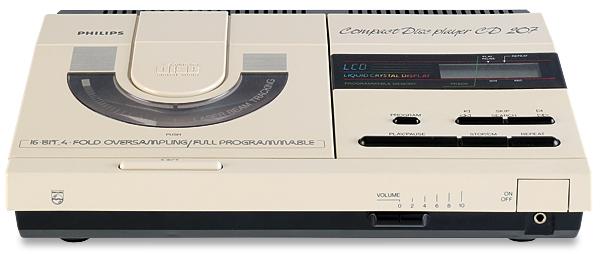
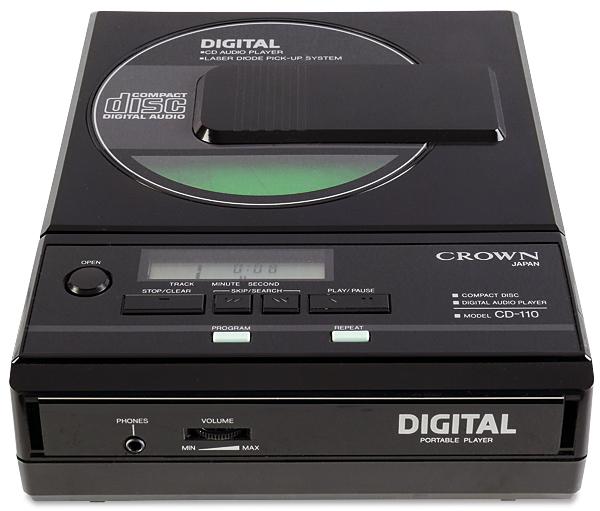
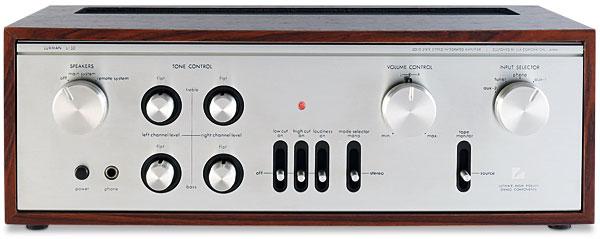
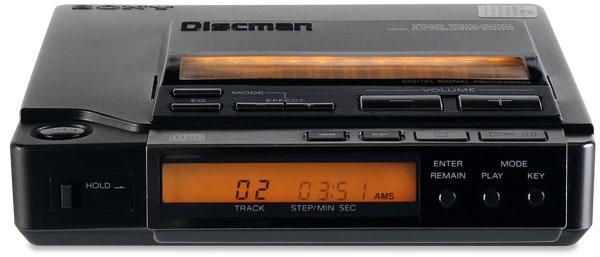
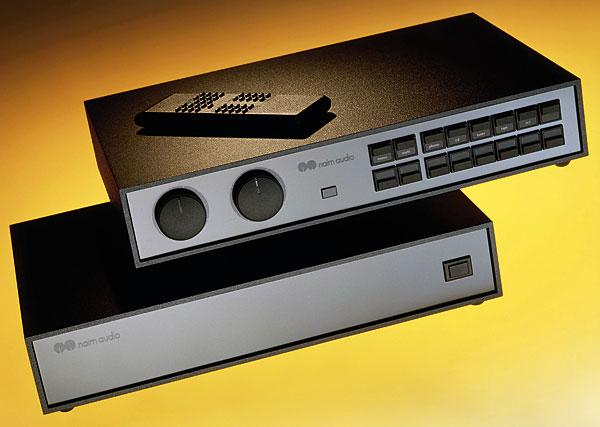
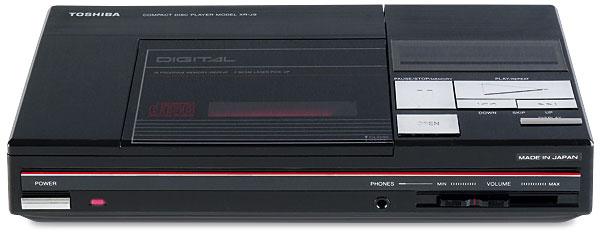
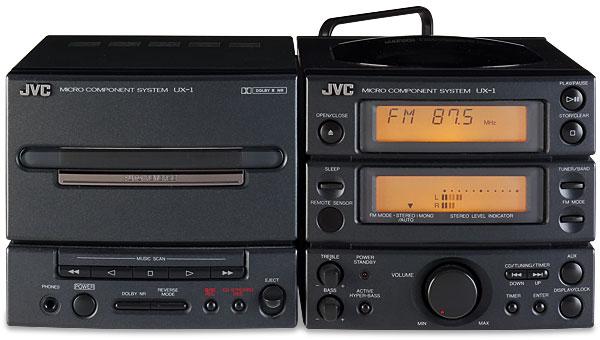


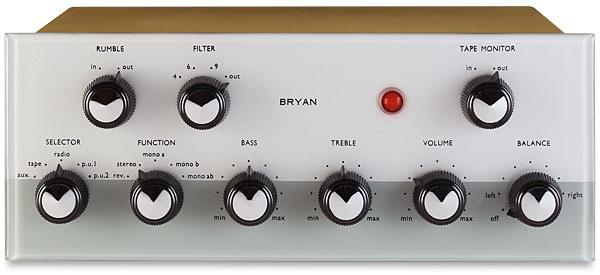


 Handsome, affordable and boasting a top-notch tuner to boot, should this early '70s receiver top your list when it comes to securing a pre-cherished radio star? We find out
Handsome, affordable and boasting a top-notch tuner to boot, should this early '70s receiver top your list when it comes to securing a pre-cherished radio star? We find out



